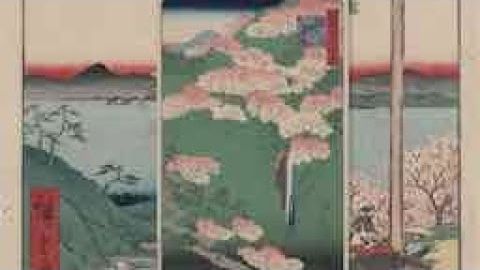世紀以來的日本文化賞櫻之旅 (Cherry Blossom Viewing over the Centuries: Cherry Blossoms in Japanese Culture)
神谷菜々子 發佈於 2022 年 09 月 01 日  沒有此條件下的單字
沒有此條件下的單字US /ˈpɪriəd/
・
UK /ˈpɪəriəd/
- n. (c./u.)時期;(用於句末;表示斷定的口氣)就這樣;句號;月經;期間
US /ɛmˈbres/
・
UK /ɪm'breɪs/
- n. (c./u.)擁抱(某人);接受
- v.t.緊緊擁抱;親吻;欣然接受;包含
- n. (c./u.)力勸;強烈的慾望
- v.t.推進;驅策;催促
US /ˌdɛstəˈneʃən/
・
UK /ˌdestɪˈneɪʃn/
- n.目的地;旅遊目的地;(電腦)目標位置;(貨運)目的地
